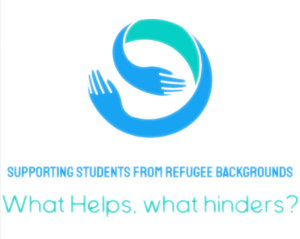Refugee education in Australia: what helps, what hinders and what needs to change
Previous research has established that young people from refugee backgrounds may have experienced loss and trauma prior to coming to Australia, may experience ongoing racism and discrimination in their host country, and may struggle to adapt to a new and sometimes unfamiliar culture (Arnot & Pinson, 2005; Baak et al., 2020; Block et al., 2014; Cooc & Kim, 2023; Correa-Velez et al., 2016; Dryden-Peterson et al., 2019; Keddie, 2012; Koyama & Kasper, 2021; McIntyre & Hall, 2020). Students from refugee backgrounds may also require additional learning support to engage with the Australian education system due to limited English language capabilities, missed or interrupted schooling, and unfamiliarity with Western curricula and schooling approaches (Brown et al., 2006; Woods, 2009).
Our study, the Refugee Student Resilience Study, sought to explore how schools foster resilience for students from refugee backgrounds. To do so, we examined existing policies that shape refugee education and undertook case studies with seven secondary schools. The case studies were undertaken across two phases. The first phase engaged with over 50 school leaders and teachers to understand current school practices. The second phase privileged the perspectives and voices of almost 50 students from refugee backgrounds from across the seven schools. The students described the school-level relationships, activities and services that enable them to develop resilience despite their sometimes-challenging life experiences as young refugees as well as their concerns about cultural issues and educational arrangements that impede their positive development as emerging citizens of an increasingly diverse Australia.
In this presentation, we present key findings from school staff and refugee background students that highlight what currently works and what could be done better in refugee education.


